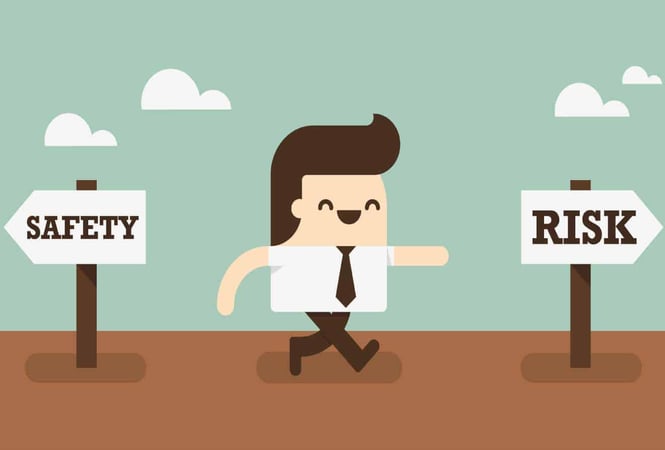The act of buying and selling securities intra-day with the expectation of making fast profits within minutes to hours is known as day trading. Day traders come in all shapes and forms, using mechanical to systematic day trading systems, and can place anywhere from one to thousands of trades per day.
Types of Day Traders
Breakout Traders:
Many day traders will trade momentum and focus on day trading breakouts above swing highs and swing lows while others will look to trade reversal setups after gaps.
Reversal Traders:
Counter-trend traders will look for signs that a stock is topping or bottoming out before they place a trade in the opposite direction. For example, reversal traders use tools such as the TICK, TICKI, Put Call Ratio, volume, etc. to anticipate a change in trend.
Range Traders:
Range traders find stocks that have been trading within support and resistance levels and buy when a stock hits support and sell when it hits resistance. Range traders will be most successful in markets that are choppy and that have no real direction.
Regardless of the type of trader, the most important aspect of day trading is the discipline to follow a set of rules and establishing your own money management principles which you live by.
Day Trading Risks & Rewards
With the use of margin, many day traders can leverage anywhere from 2 to 4 times the cash balance of their account. While this can become very profitable, it can also lead to major losses, especially for newer traders who have not established their loss management principles. In reality, most of the day traders that enter the game lack the discipline to adhere to strict rules and end up losing large amounts of money. These traders can be classified as gamblers. However, a disciplined day trader can take large sums of money down if they have the appropriate systems and money management in place.
Day trading is an uphill battle for most because day traders do not only have to place a winning trade, they have to first offset the commissions before they can go into a profit position.
Commissions
If you are day trading, commissions will be of utmost importance for you to manage. Most full-service brokers will charge a flat fee for trades while other brokers, such as Tradestation, charge per share. For smaller traders who are just starting out, per share trading is great for practicing with smaller commission.
For those of you trading with a couple thousands share blocks, a flat commission structure will most likely be more beneficial. The key is finding a broker who will provide a platform that will allow the speed to execute orders and also provide for the ability to decide which commission structure is best suited for your trading style. eSignal seems to partner with a few brokers that allow for this.
Pattern Day Trader Status
The SEC has put a barrier in place to protect investors which requires investors to maintain a minimum balance in their accounts if they plan on making at least 4 round trip day trades in a 5 day period. If you plan on day trading, you will need at least $25,000 in your account on a closing basis to continue day trading.







 Day Trading Basics
Day Trading Basics 
